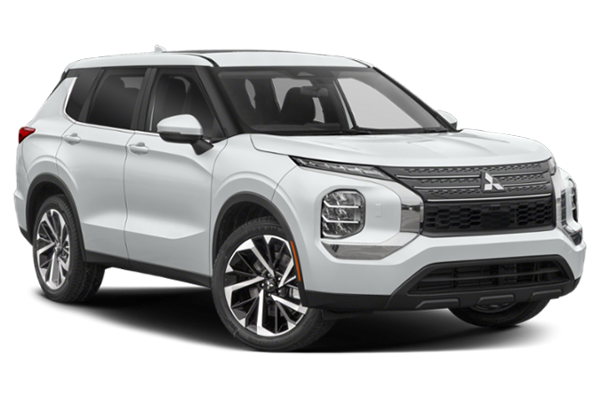The straightforward answer is:
- A 2WD vehicle is powered by two wheels while four wheels rotate.
- A 4WD vehicle is powered by four wheels.
- An AWD vehicle has both 2WD and 4WD capabilities
Let’s break it down further:
Two Wheel Drive Vehicles (2WD)
There are two options when it comes to 2WD vehicles: front wheel drive and rear wheel drive. This refers to where the power comes from to move the car.
Front Wheel Drive
As the name suggests, the car is powered by the two front wheels. The two front wheels are also responsible for the steering.
The main benefit of this type of vehicle is that is cheaper to build, and therefore cheaper to purchase.
Popular FWD examples:
MG HS Excite Auto FWD
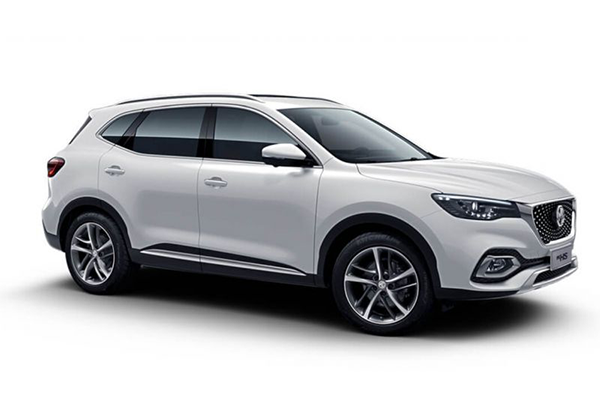
Mazda 3 FWD
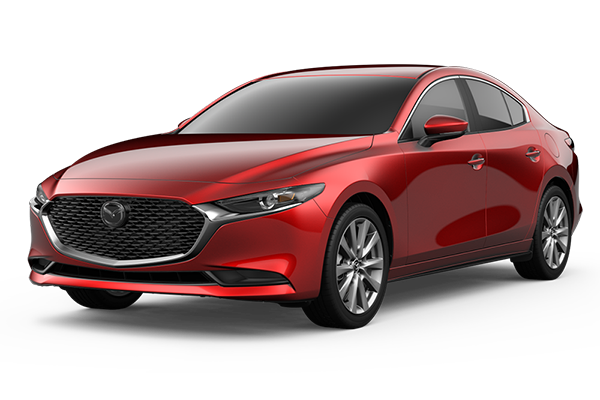
Rear Wheel Drive
The opposite to front wheel drive, a rear-wheel-drive vehicle is powered by the two rear wheels.
The benefit of rear-wheel-drive vehicles are their enhanced speed and handling capabilities.
Popular RWD Examples:
Kia EV6 4x2
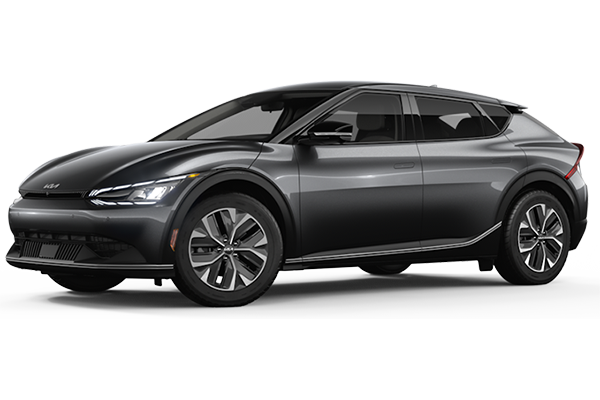
Isuzu D-Max 4x2
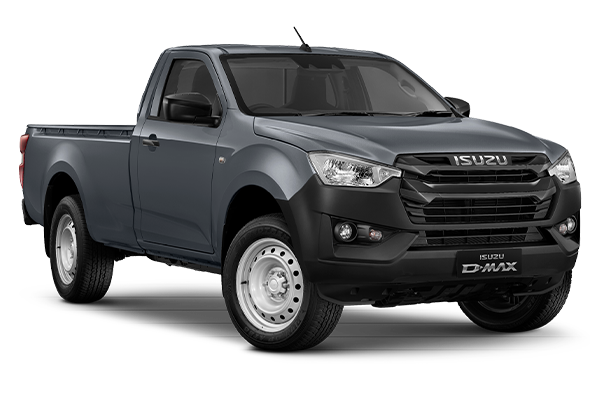
Four Wheel Drive Vehicles (4WD)
4WD vehicles are powered by all four wheels. This is beneficial when driving on rough terrain and off-roading. However, not ideal for regular roads.
Most 4WDs have the ability to switch between 2WD and 4WD manually by the driver or automatically. This is called part-time 4WD. When driving on the road, there is no need to power the four wheels for extra traction as needed when driving on gravel or dirt tracks.
If you were to engage the 4WD system on a bitumen road for an extended period, you would cause unnecessary wear and tear on the vehicle. Not only would it be more expensive to run, with the increased fuel consumption, damage would be inflicted due to transmission wind-up.
Full time 4WD powers all four wheels constantly. To avoid the problems detailed above when running a part-time 4WD car fulltime, the vehicle features a center differential between the front and rear axles to compensate for the different wheel speeds between the axles.
4WD vehicle sales have boomed in the past decade thanks to the growing consumer demand for SUVs. Almost every car manufacturer has a 4WD/SUV available in their model lineup, from the high-performance luxury brands to people-movers.
Popular 4x4 Examples:
Hyundai Santa-Fe 4WD
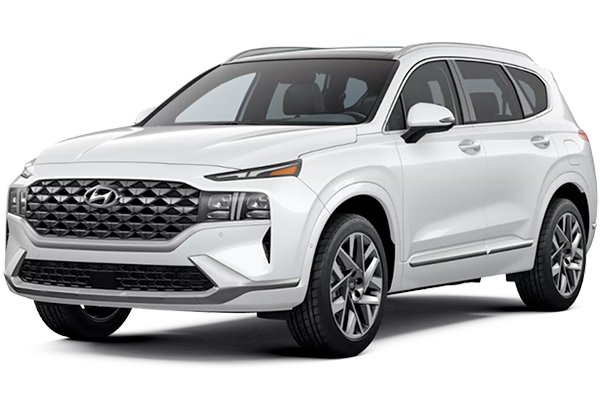
Ford Ranger 4WD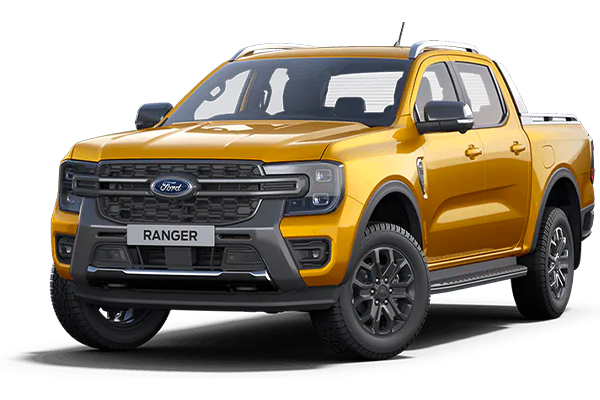
All Wheel Drive Vehicles (AWD)
Like 4WD, all-wheel drive vehicles drive all four wheels simultaneously. AWD vehicles are designed for normal road use or mild off-road use.
Their ground clearance is typically lower than a 4WD, meaning they’re better suited for fast road and dirt-track driving than serious off-roading.
The main benefit of this is this safety advantage of having twice the grip of a driver selected 4WD system. For example, when turning a slippery corner, the AWD system is engaged and can safely navigate the situation.
Mazda CX-5 AWD
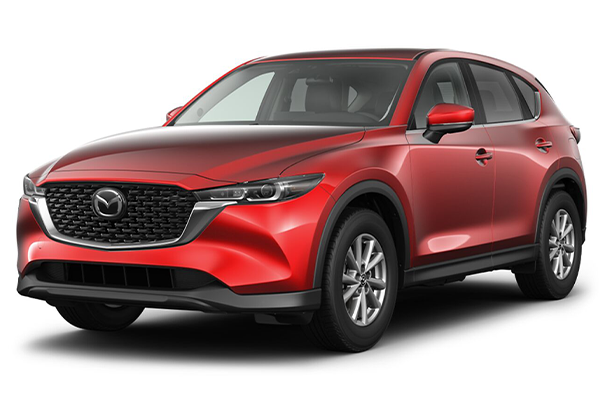
Mitsubishi Outlander AWD
So which option suits your lifestyle? Contact our expert consultants today to discuss which type of car is best for you!
1800 501 703 or novated@remunerator.com.au

